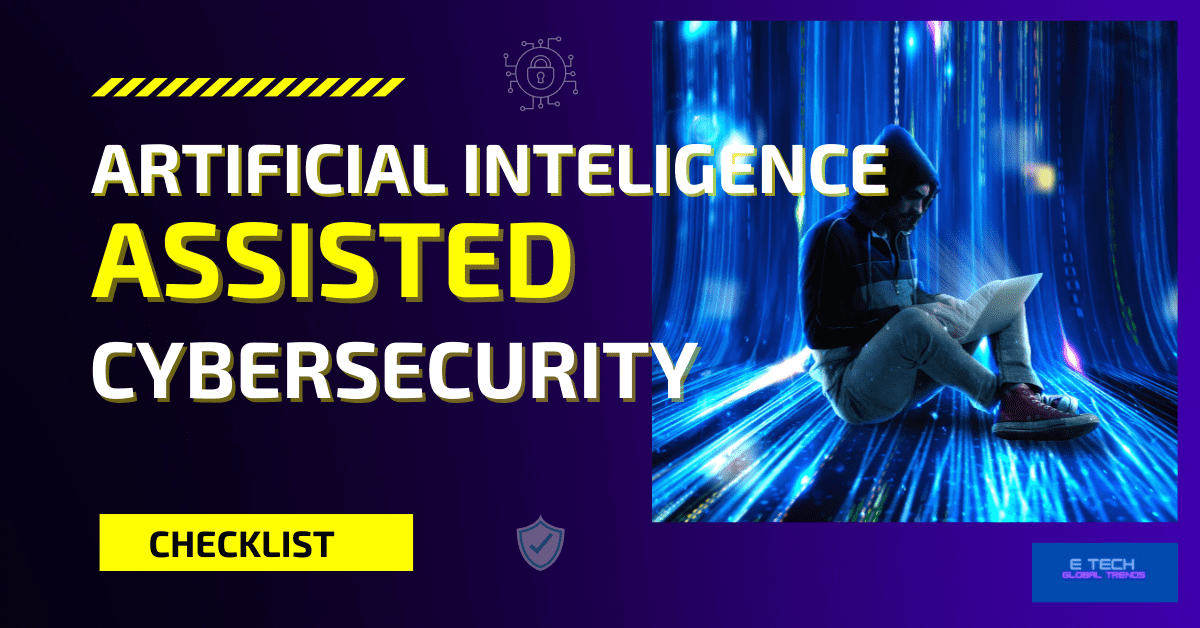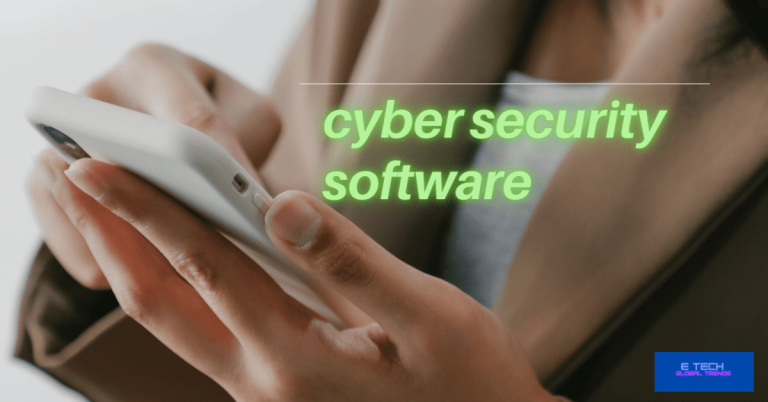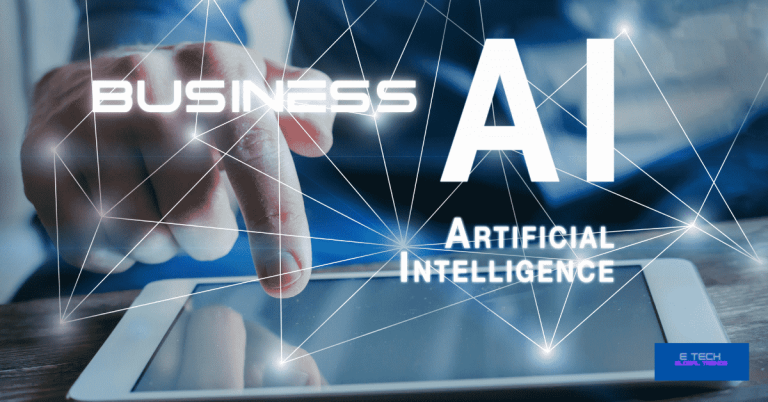Artificial intelligence in cyber security
AI is everywhere now. There are 10 major cybersecurity threats considered in 2022. Including ransomware attacks. Which has a high data loss for a company. You know the global cybercrime loss for a year is $6 trillion, $16.5 Billion USD for a day. 200,000 per second. (Details: cybersecurity ventures). It is not only for companies. Just imagine very soon the threat will appear on your doorstep? So what are we going to do? Even though the company size is immaterial. There are wise precautions you can take. Then what are they? Are you aware of AI-assisted cyber security? let’s see how. “Artificial intelligence in cyber security”
What are the missing steps on attention for cybersecurity?
Before entering the AI solutions, think about the basics. Under a smart platform AI, security layers can add. Don’t forget that. It’s like for a general health matter, consulting the highest qualified specialist. This is no need and first, go to the family doctor. Like that. You can refer to our previous article on cyber security.
Artificial intelligence applications that are significant in cybersecurity solutions?:
- Applications for Spam Filtering
- Detection and prevention of network intrusions
- Botnet Identification
- User Authentication that is Secure: using face recognition technology in most the cases
- Detection of Fraud
- Credit evaluation and second-best offers
- Cybersecurity Scores
- Forecasting Hacking Incidents
How can you get started with artificial intelligence?
- Vender solutions: check to see whether any of your organization’s vendor solutions are utilizing AI or machine learning in ways that you might benefit from. This is a more straightforward approach than designing your own proprietary AI algorithms. Like magic?
- Train the team: Emphasize staff education. While AI phishing and social engineering assaults are predicted to improve and become more difficult to detect in the future, employees who know what to look for can still avoid falling into these traps.
- Access point security: Finally, make sure your access points are secure. Allowing thieves access to your networks is not a good idea. Make sure you have access control solutions in place that follow the principle of least access to guarantee that only the appropriate personnel have access to the applications they need for their jobs.
AI assisting systems are not the ultimate solution?
yes, it is? why?
The most recent innovations AI and machine learning ML have a wide range of applications in the industry. Artificial intelligence (AI) has the potential to transform cyber security. and make predictions about future viruses and understand current ones. AI-assisting technologies improve cyber-attack prevention systems. The usage of AI cyber security solutions can help speed up the growth of data security models.
Although AI has the potential to greatly improve cyber security, this job can be done in a far more complicated and time-efficient manner. Hackers who are always looking to improve and employ the most up-to-date technologies on the market to cause havoc may manipulate AI.
Some potential advancements will see in the future
Of course, people may use them already. But keeping secretly. What we remind you is these AI cybersecurity solutions are real and usable. Now no more secrets. But always has to upgrade. Because hackers are too smart in finding non-exist ways to access what they want. agreed?
- lines that locate vulnerabilities automatically, write exploits for them, package the exploits into new malware, transmit the malware to targets, and keep the infection going while the victim tries to find and remove it.
- Network exploitation tools with a point-and-shoot interface that allow a non-technical user to execute a full attack campaign.
- Design flaws discover automatically. Design vulnerabilities, in contrast to memory corruption vulnerabilities, are caused by a coding problem and discover fuzzing, causing a flaw in the program’s design, such as an administrative page that is visible to all users.
- Phishing efforts that do research on the target, produce an appealing bait email, and impersonate the target’s login page are all automated.
- Better automated detection systems that uncover assaults with a high likelihood without the large operational expenses of today’s methods.
- The integration of today’s malware and exploit reverse engineering technologies into a single. the real-time pipeline that can assess whether an unknown sample is malicious. And can check the real source.
- phishing detection module to make 99% correct alarms.
- Automatic software vulnerability root cause analysis that can figure out why a security flaw exists and how to repair it.
- Once an attacker identifies an automatic incident response can successfully boot them from the network.
How does AI in cyber security change the field?
As a common story, these are the major changes. Artificial intelligence (AI) already altered the landscape. While manual input is still largely using in cybersecurity today. robots are progressively taking control.
That’s because of the following reasons:
Proactive attack administration reaction
Cybersecurity measures with built-in artificial intelligence and machine learning systems enable you to detect suspicious activity and take action against it, thereby preventing business disruption.
Analyze the safety of your network:
By studying network traffic patterns and suggesting functional workloads coupled with security rules, artificial intelligence plays a critical role in enhancing network security protocols.
Avoiding Identity Theft:
Countering cybercriminals requires the use of AI identity verification technologies. as well as the execution of security measures.
Furthermore, powerful algorithms can identify malware. execute pattern recognition, and expose even the tiniest malware or ransomware attack behaviors. Before the system is able to hack! Of course, the cyber attack trend is now critical. So AI is here to help always. It can step forward removing the capabilities of hackers.
An example to show the AI process in cyber security
What role does artificial intelligence play in cyber security? A bit long story. Hope not boring.
Any assault on a computer or system creates a large number of events. therefore all operations produce events. which log the operating system and apps. During regular operation, a typical device can generate over 1000 events per minute. When it comes to storage and analysis, logs often have a finite lifespan. The majority of these occurrences connect to routine system operations. When an assault occurs, however, the normal course of events can disrupt. The divergence is as minor as one event or as large as hundreds of occurrences per minute. The logs of these events were previously analyzed based on definitions, either manually or with the help of log analysis tools.
And next,
a login failed event generated for a user from an IP outside the geography where the user is currently sitting would obviously raise suspicion and be processed by the log analyzer. However, if a person logs from two distinct devices at the same time – a PC and a mobile device – the log analyzer will trigger an alert. and the activity will need review. Consider the case of thousands of devices that use hundreds of users who are connecting to two networks: local broadband or leased line and a phone service provider’s network. False positives or false negatives can overload analyzers, resulting in inefficiency. However, suppose the logs are fed into an intelligent system with AI.
In that case,
the system will learn common patterns of user logging – for example, the IPs most commonly with a user while the user moves across different territories or uses multiple devices. and will only generate a security event if a deviation from the previous pattern is detected. So, for a person who checked in at 8 p.m. GMT from India on a laptop and a mobile phone.
Only if the user checks in from Canada in less than 15 hours will a security event trigger. The AI in the log analysis software would be able to detect this anomaly since it recognizes that it is not possible to travel from India to Canada in less than 15 hours.
With AI-based solutions,
actions such as restricting the login or just blocking the IP for all other users may automate.
There are numerous other applications of AI in cybersecurity.
such as;
- Detecting users within a network (insiders) attempting to access systems of other users during non-business hours
- detecting new services added to computers during operating system startup and what those services are doing.
- Analyzing a large change in files, such as in the case of a Ransomware attack, and alerting the security team while isolating the systems under attack.
and so on. did you get an idea for “artificial intelligence in cyber security” if so please comment.
read more on AI business trends, cyber security







